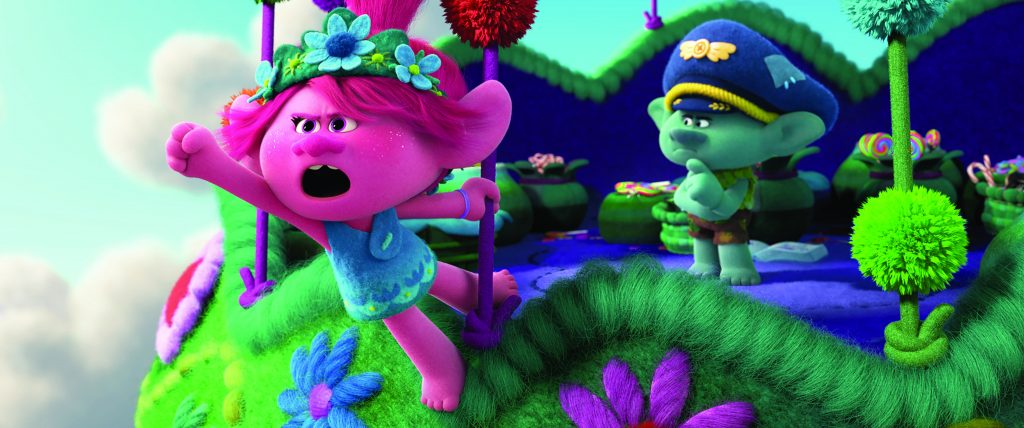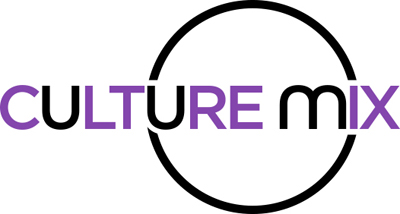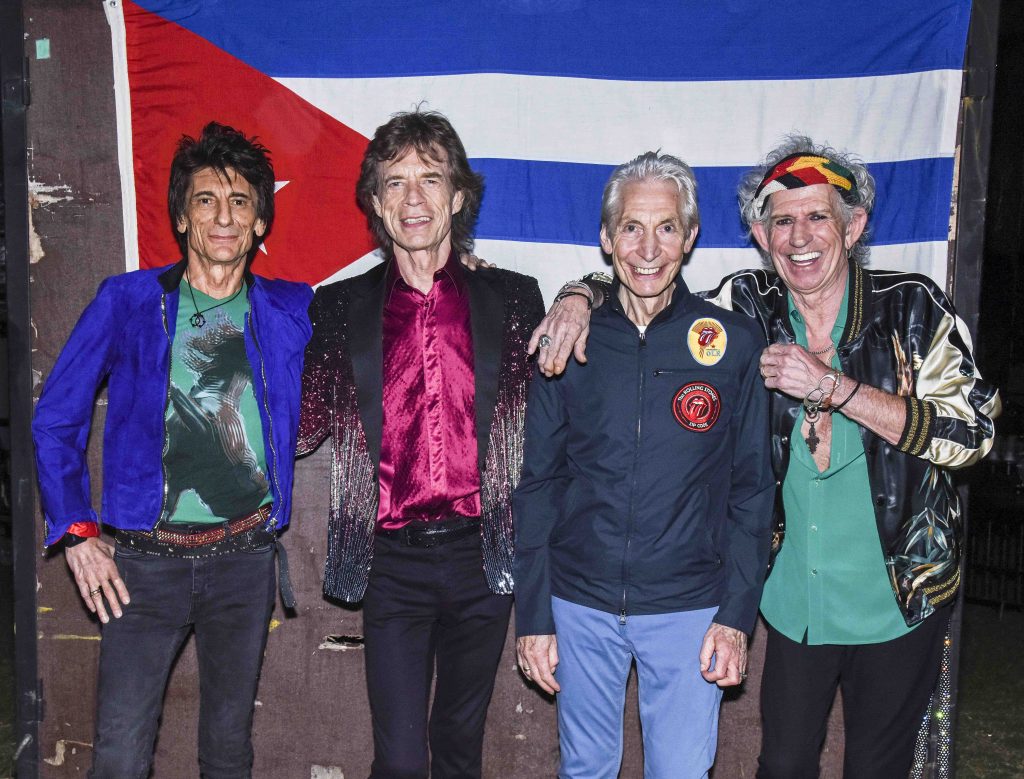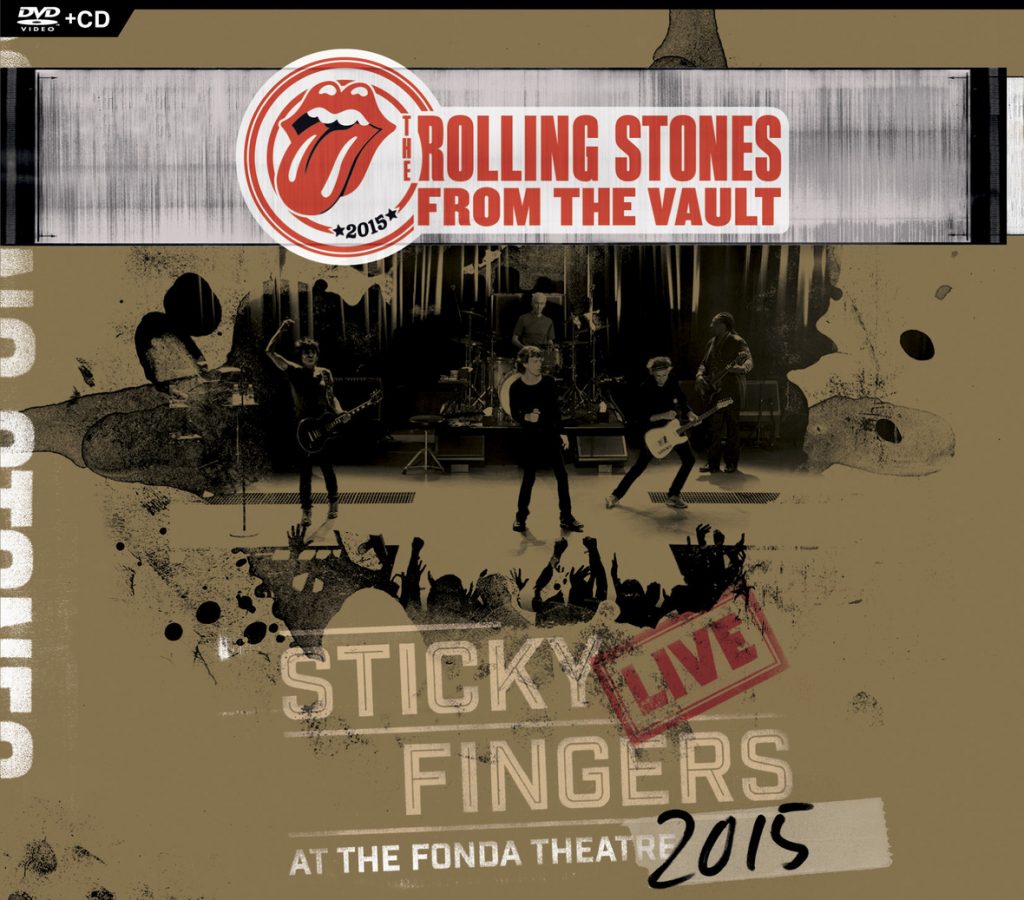March 16, 2020
by Carla Hay

The coronavirus pandemic has drastically shifted how movies are going to be released from now on. On March 16, 2020, Universal Pictures announced that it’s releasing the DreamWorks Animation sequel “Trolls World Tour” on VOD (video on demand) on April 10, 2020, the same day it plans to release the movie in the shrinking number of U.S. theaters that are staying open in April 2020. This decision is unprecedented because major movie chains such as AMC Theatres and Regal Cinemas have fought against movies being released on video or streaming services within 90 days of their release in movie theaters, and these corporate-owned movie theaters have refused to carry movies that have this type of release schedule.
Universal also announced that for its movies released on video the same day that they’re released in theaters, there will be a 48-hour VOD rental period at a suggested retail price of $19.99 in the U.S. and the price equivalent in international markets.
Now that cinema giant Regal is out of commission until further notice (Regal announced that it’s temporarily closing all of its U.S. theaters, as of March 17, 2020), it was only a matter of time before a major movie studio took the bold step to release one of its movies on video on the same day it will be released in cinemas. (Independent film studios have been doing this for years.) Universal had been considering this release strategy for some of its movies in the 2010s, but Universal didn’t follow through with this plan because the corporate movie chains threatened to boycott the studio. That was then. This is now.
“Trolls World Tour,” the first sequel to 2016’s “Trolls,” will include returning voice actors Anna Kendrick, Justin Timberlake and James Corden. New cast members in “Trolls World Tour” include Rachel Bloom, Ozzy Osbourne, George Clinton, Mary J. Blige, Kelly Clarkson, Sam Rockwell, Icona Pop, Jamie Dornan, Anderson .Paak, J Balvin and Kenan Thompson.
Universal also announced that its movies that are currently in theaters (“The Hunt,” “The Invisible Man” and Focus Features’ “Emma”) will be available on VOD as early as March 20, 2020.
NBCUniversal CEO Jeff Shell commented in a statement: “Universal Pictures has a broad and diverse range of movies with 2020 being no exception. Rather than delaying these films or releasing them into a challenged distribution landscape, we wanted to provide an option for people to view these titles in the home that is both accessible and affordable. We hope and believe that people will still go to the movies in theaters where available, but we understand that for people in different areas of the world that is increasingly becoming less possible.”
A press release from NBCUniversal (the parent company of Universal Pictures) stated: “Given the rapidly evolving and unprecedented changes to consumers’ daily lives during this difficult time, the company felt that now was the right time to provide this option in the home as well as in theaters. NBCUniversal will continue to evaluate the environment as conditions evolve and will determine the best distribution strategy in each market when the current unique situation changes.”


